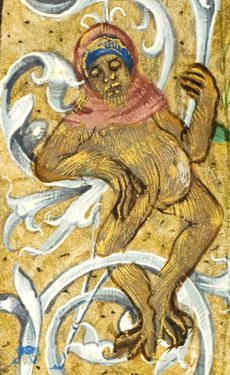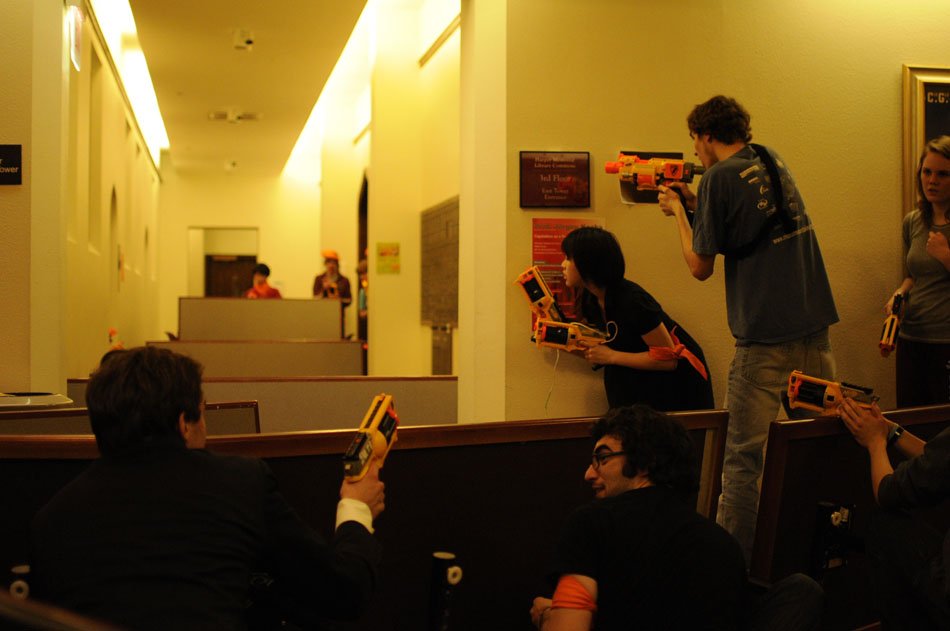Individual Pairings

Jamie Manley, Class of 2014
A tiger bought by the Snell-Hitchcock scavenger hunt team is displayed on the Midway Plaissance.
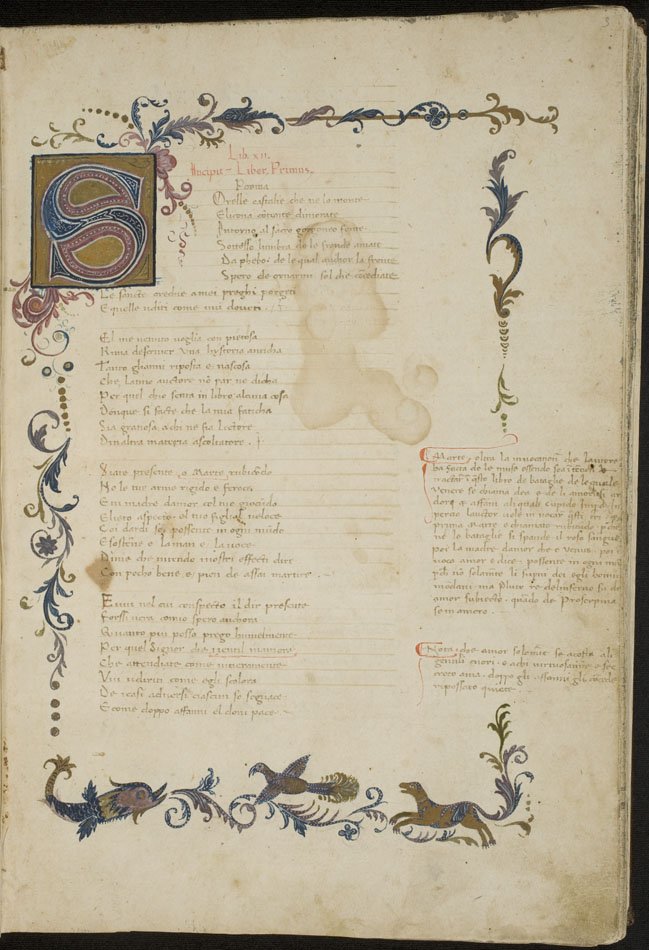
Giovanni Boccaccio (1313-1375)
Italy, ca. 1430
Paper
MS 541, ff. 2v-3r
Sprouting from the initial “S” in the top left corner, vines in purple, blue, and gold surround the beginning of Boccaccio’s poem Teseida. Animals are interspersed with spiraling foliage at the bottom of the page, with the foliage serving as a kind of ground for the fanciful figures. The dolphin’s curving tail seems one with the fluidity of the vines, while the bird soars above the vines as if they were currents of air which then transform into the earth upon which the leopard treads. The quality of these illuminations, as well as the inclusion of a rare commentary by Pietro Andrea de’ Bassi (seen in the left margin of this page), indicate that this manuscript was likely a presentation copy for de’ Bassi’s patron Niccolo d’ Este III of Ferrara.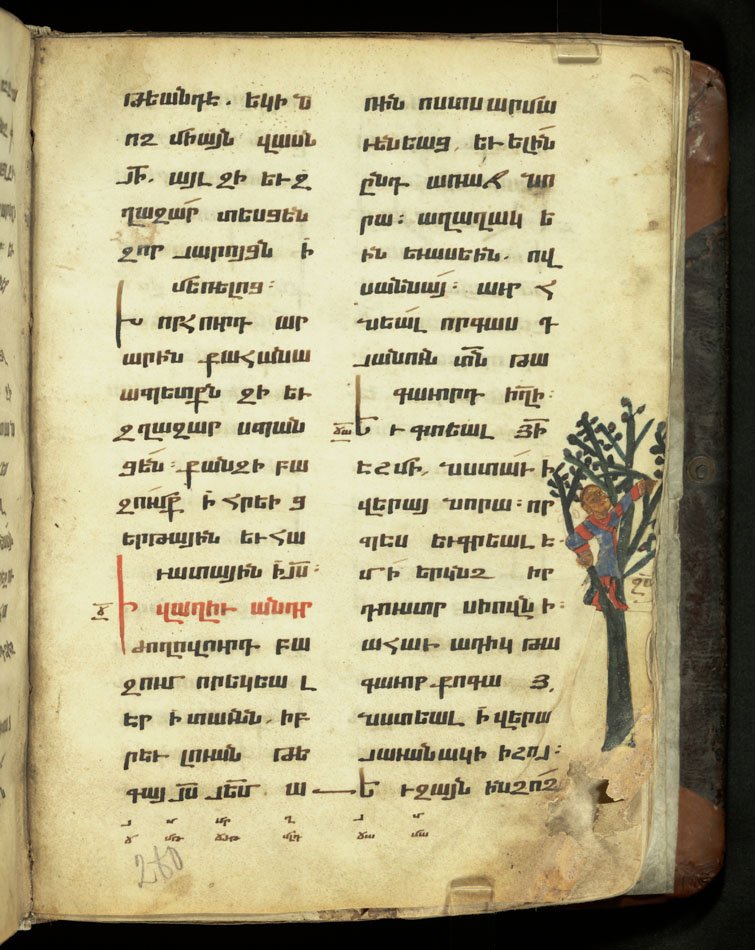
Armenia, 1237 CE
Parchment
MS 949, ff. 279v-280r
This complete tetraevangelion, containing all four Gospel books, one of the most impressive extant manuscripts from thirteenth-century Armenia, representing the flourishing of Armenian culture following a century of devastation by Greek and Turkish armies. Named after the unusual red color used in many of its illuminations, the Red Gospels of Ganjasar contains 175 illuminations in the margins. The placement of illuminations in the margins reflects ancient Armenian customs, in which inserting illustrative miniatures directly into the text would have violated its sacred nature. But the periphery of the page is inhabited by arabesques, flowers, birds, and other figures. On this opening within the Gospel of John we see a playful vignette of a boy climbing a tree.
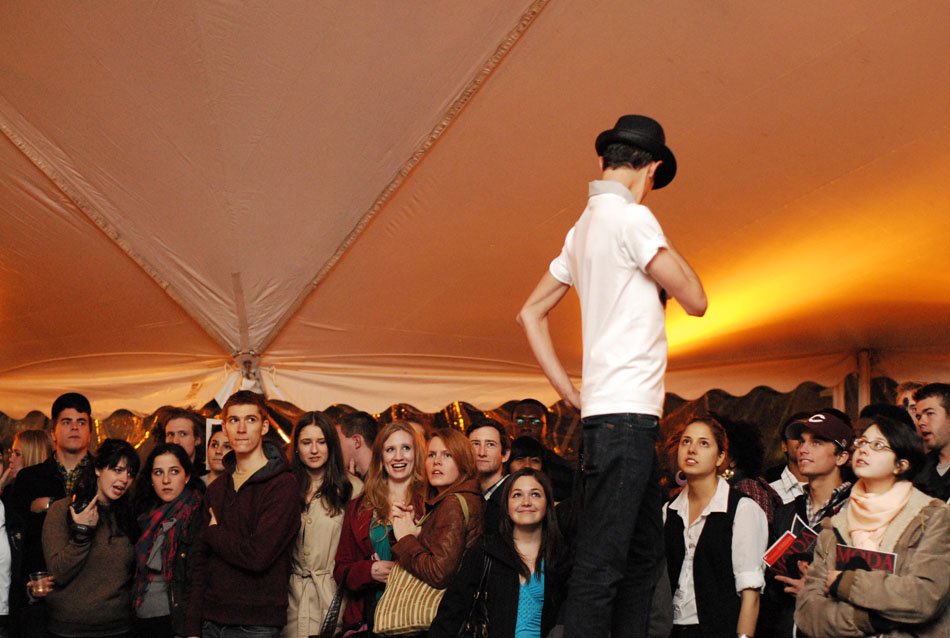
Jasmine Kwong, Class of 2006
Students react to a model at the Festival of the Arts 2010 Launch Party Fashion Show held in Hutchinson Courtyard.
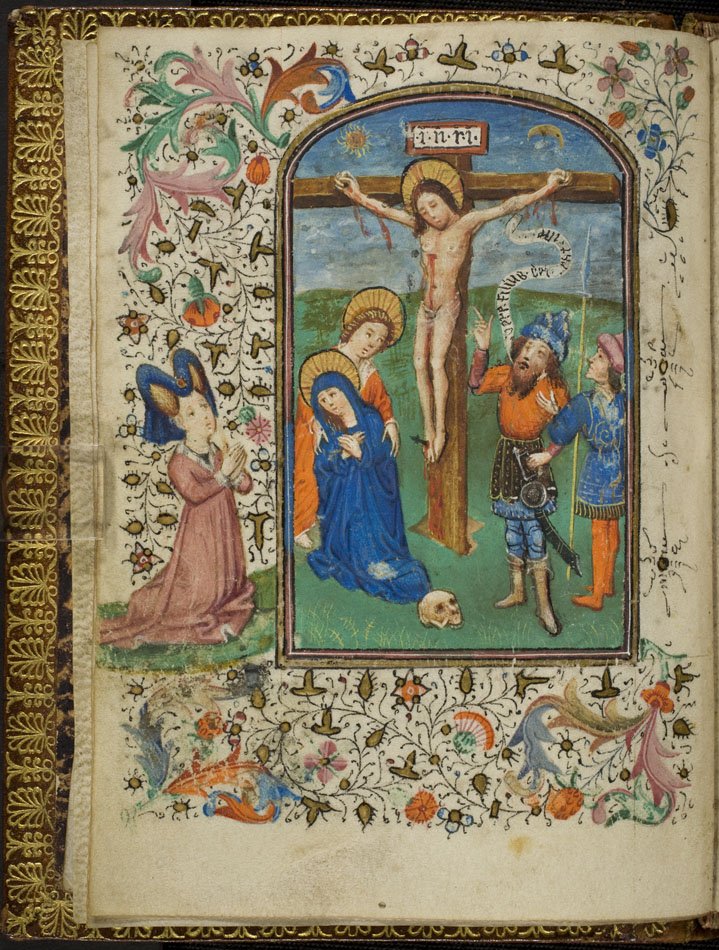
Southern Netherlands, latter half of 15th century
Parchment
MS 344, ff. 1v-2r
On the left-hand page of this opening a portrait of the original owner of this manuscript appears in the margin outside the framed Crucifixion scene. Wearing a salmon-colored dress and kneeling with her hands in prayer, she fixes her eyes on the crucified Christ. Adorned with the most fashionable garments of the late-fifteenth century, she situates herself just outside the picture plane but only inches from Christ, corporeally mimicking the Virgin and engaging in an intimate devotional experience with Christ’s bleeding, wounded body.
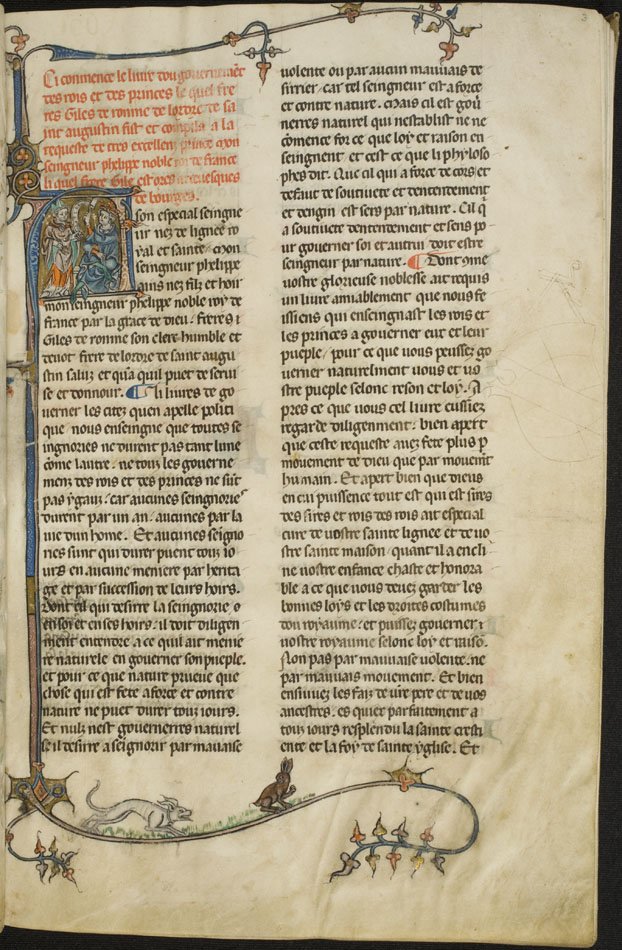
Giles of Rome, translated into Old French by Henri de Gauchi
France, ca. 1310
Parchment
MS 533, f. 2v-3r
On the right-hand page of this opening a dog-like figure with pointed, devilish ears chases a rabbit who pauses mid-chase, raising his front left paw to glance behind him at his menacing predator. This hunt scene sits atop the tendrils at the bottom of the page, serving as a support for the scene and stretching down from the large illuminated initial towards the top of the page. Scenes of the hunt and chases—of human and/or animal figure—frequently appear in the margins of medieval manuscripts, even when such subject matter seems completely unrelated to the content of the text at hand, as is the case here.
